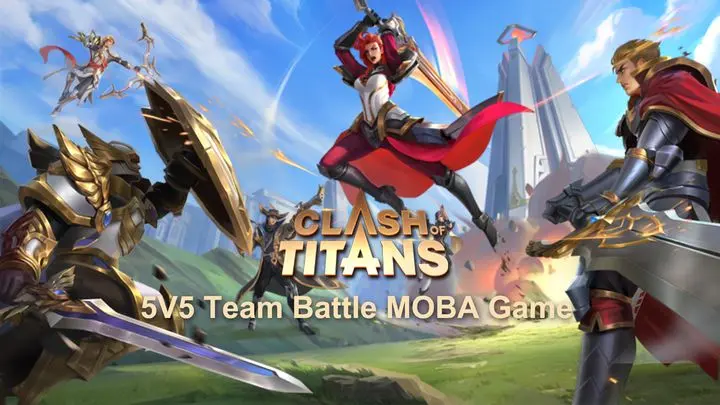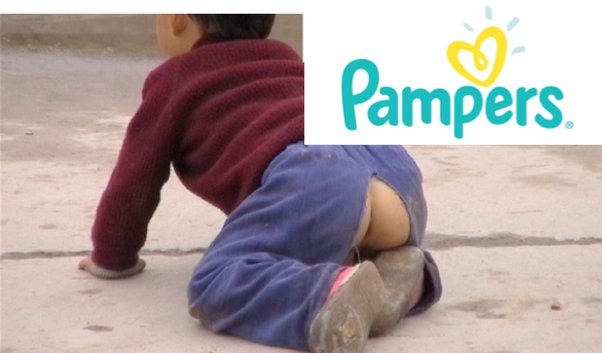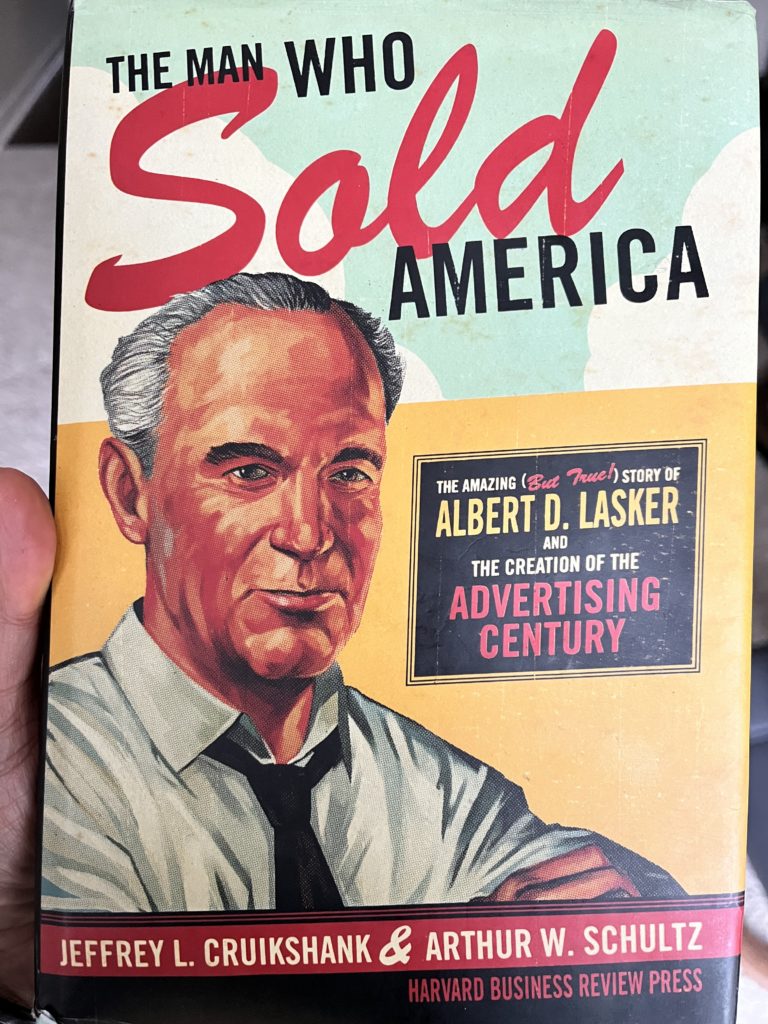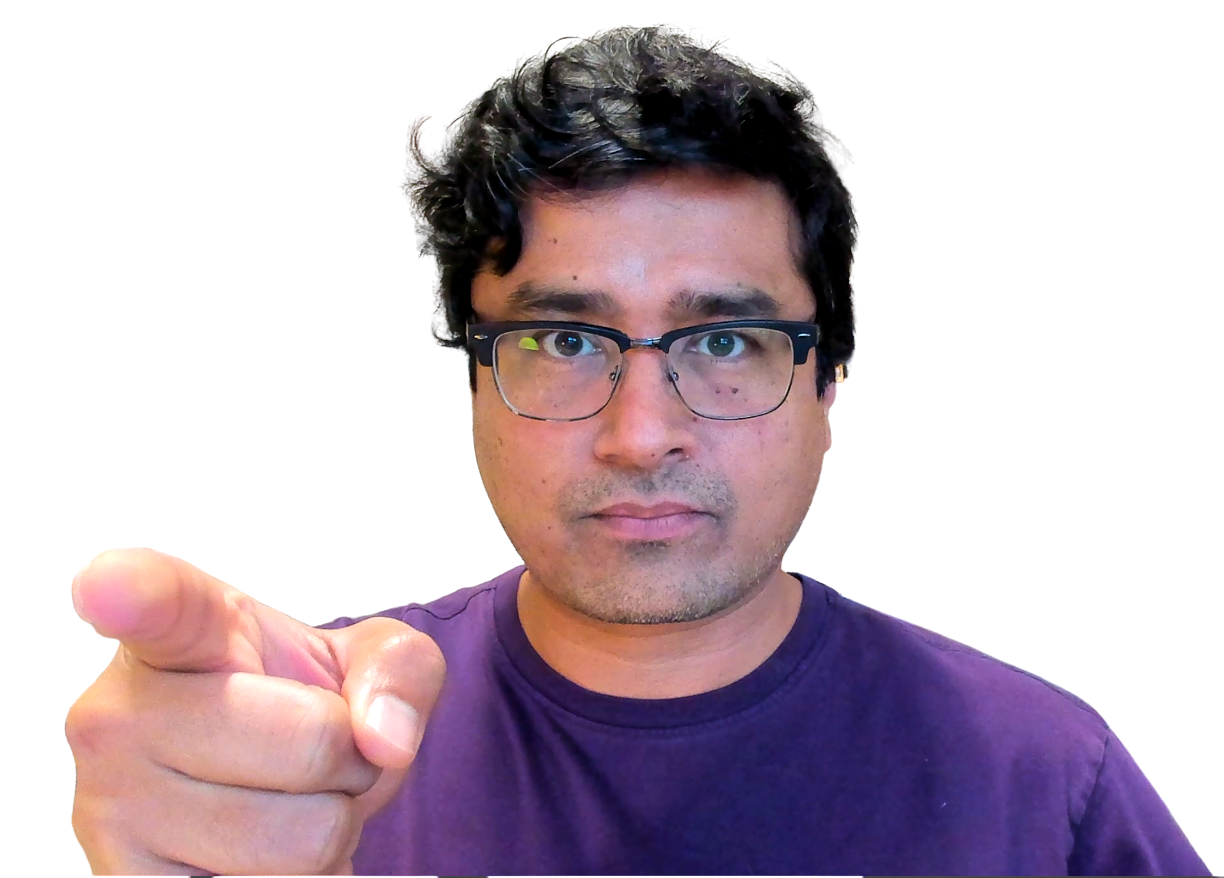Blog
My Favorite Buyer Psychology Stories
Because we learn through stories, I’m going to share my favorite buyer psychology stories with you.
Story 1
Google cares about site speed because shoppers care about it. If mobile page load time changes from 1 second to 3 seconds, bounce rates increase by 32%. Source.
A travel site wanted to see how this applied to their audience, so they ran an experiment. In the Control group, search results were shown immediately. For the test group, however, the site intentionally slowed the experience and added a 30 to 60-second delay where users were shown an animation of results being fetched.
Even though both experiences revealed the same search results, users preferred the test treatment because of the perceived transparency of being able to see the work being done. It’s a concept called Labor Illusion.
Lesson: don’t just show what your product can do; show the hard work that went into its development. Don’t worry; we cover this extensively in The 9 Truths About Online Shoppers article. If you’re itching, you can take a sneak peek.
Story 2
Rock Bottom, a restaurant and brewery, wanted to measure customer word-of-mouth. The surprising finding of this study was that the heavy loyals didn’t bring in a lot of new sales. One explanation is that these people had already done their buzzing prior to this campaign and had already exhausted their reach. The light loyals brought more business, but it was nonloyals, for whom Rock Bottom was totally new, who brought in the most. In fact, each word-of-mouth discussion by a non-loyal yielded incremental category sales of $192. (Source: Anatomy of Buzz Revisited).
Lesson: if you want your customers to spread the word about you, start nudging them while they are enjoying the afterglow of just discovering and using your product.
Story 3

Williams-Sonoma, known for premium kitchen gear, once offered a fancy breadmaker for $275. They later offered a somewhat larger model, pricing it at $429. Guess what happened? The $429 model was a flop. But sales of the $275 model nearly doubled. When just the $275 model was on display, it felt expensive (people didn’t have a point of reference for it). Once the $429 model was added, the $275 was no longer seen as such an extravagance. It could be rationalized as a useful product that did nearly everything the $429 model did at a bargain price. Adding another price point, even though hardly anyone chose it, increased the price consumers were willing to pay for a breadmaker. Welcome to the power of price anchoring. Is there room to apply price anchoring on your site? Yes, there is.
Lesson: this strategy isn’t so much about creating 2 prices as much as it is about the idea that buyers don’t really know how much an item costs. They calculate that based on what else they’ve seen online and the stories we tell.
Story 4
Caesar’s Entertainment (the casino) noticed something peculiar: the majority of first-time visitors to their properties didn’t return. There are a number of reasons why a customer may not return, but a big one is their first visit experience. If the customer has an experience they like, it GREATLY increases their chances of becoming a regular (thus making Caesar’s Entertainment a lot of money).
In the casino business, a bad experience is when a first-time visitor loses more than they expect. Since Caesar’s knows the distribution of winning/losing for each type of game, they know when the first-time visitor is on the losing tail of the distribution (bad experience), which raises a flag in their monitoring system. It’s important to note that most casinos would do nothing for this customer. But at Caesar’s, when this event is triggered, a manager walks to the customer and asks how they are doing. The customer says they are having a terrible time, and the manager apologizes and offers her a free dinner, a hotel room, or a limo ride (for example).
To study the bottom-line impact of this strategy, Caesar’s made the offer to only 50% of first-time visitors who were losing heavily. This allowed them to compute the difference. And not surprisingly, that small shift in first visit experience greatly increased customer lifetime value.
Lesson: be mindful of the hot prospect user experience. This is a critical stage of the purchase funnel, and any emotional disturbance can cause the user to abandon it.
Story 5
Buyer Psychology stories are like little gems I collect. They are often hard to find because they need to be shared. Recently I was talking to a fellow marketer, and he shared a good one. His company has built software that looks at online content consumption habits to help brands know where they should advertise.
He was working for a brand that helped men with low testosterone. They were looking for places to advertise where there wasn’t much competition.
Their software noticed a pattern—players of the game Clash of Titans were also likely to buy their product.

Why do you think this is? My theory is that men who have low testosterone are looking for other avenues to express themselves.
Lesson: If you advertise where all of your competitors are, you will end up in an ad bidding war. But find pockets of opportunity that aren’t crowded, and you can acquire new customers inexpensively.
Buyer Psychology Story 6
As retailers, we love giving buyers more choices. “Hey, if 96% of my site visitors aren’t converting, we should just add more choices. The more we add to the site, the higher the chance the user would find something they like.”
Psychologist Sheena Iyengar ran an experiment.
One day she set up a jam stall with 24 different kinds of jams.
Then, the next time she reduced the number of choices to 6 jams.
Iyengar found that while the bigger display generated more interest, the sales generated by the smaller display were 10x higher. That’s right, 10x higher.
Related Story
If an employer offers a matching retirement plan– take it. It’s a no-brainer. Only, it’s not what most people do. A study in the US of investment records from Vanguard showed that for every 10 investment funds a sponsoring employer offered its employees, the participation rate fell by 2%. When offered 50 funds, this resulted in a 10% lower participation rate.
More choices made it harder for employees to make a pick.
Lesson: how many products do you list on your category page? How many features does your product page list? What we think of as a choice (a good thing) may be paralyzing your visitors from pulling the trigger.
Story 7
Bob Moesta likes to question things.
At the time of this story, Bob was leading marketing for a company that manufactured and sold condos. His condos were built after extensive user research, and that research revealed people wanted condos with qualities like ranch style, 2 bedrooms, 2.5 baths, granite countertops, hardwood floors, etc.
Surprisingly, when it came to pulling the trigger, buyers didn’t.
Bob wanted to understand why.
He discovered people were moving from bigger homes and were anxious about downsizing. They didn’t know how to pack 20 – 30 years of stuff– important, nostalgic stuff.
They didn’t know how to purge collected memories. So after viewings, they’d say things like, “Boy, we don’t know how we’re going to downsize. We need to cancel on the condo because we need another year to figure out how to downsize”.
So what did Bob do? He raised prices but included (in the price of a condo) moving fees plus 2 years of storage. Result? Sales went up 17%.
Bob’s genius was that he was the first to realize that while people were saying they wanted a new home, what they wanted was a downsizing solution to start the next phase of their lives.
Lesson: look beyond the obvious. So, if you sell an air purifier, you may think people are buying it to improve their in-home air quality when what they may be really looking for is a way to protect their loved ones.
Buyer Psychology Story 8
As marketers, we intuitively realize that buyers often don’t know what they want. This is why surveys and focus groups can be so challenging. But I’ve never really thought about why buyers don’t know what they want. It turns out that there is an evolutionary reason for this. And the book Alchemy by Rory Sutherland has a beautiful example. It’s the story of the hare (excerpt below):
In evolutionary terms, we are better off not knowing; we have evolved to deceive ourselves in order that we are better at deceiving others. The theory is that if all our unconscious motivations were to impinge on our conscious, subtle cues in behavior might reveal our true motivation, which would limit our social and reproductive prospects.
Robert Trivers gives an extraordinary example of a case where an animal having conscious access to its own actions may be damaging its evolutionary fitness.
When a hare is being chased, it zigzags in a random pattern in an attempt to shake off the pursuer. This technique will be more reliable if it is genuinely random and not conscious, as it is better for the hare to have no foreknowledge of where it is going to jump next: if it knew where it was going to jump next, its posture might reveal cues to its pursuer. Over time, dogs would learn to anticipate these cues – with fatal consequences. Those hares with more self-awareness would tend to die out, so most modern hares are probably descended from those that have less self-knowledge.
In the same way, humans may be descended from ancestors who were better at the concealment of their true motives. It is not enough to conceal them from others – to be really convincing, you must also have to conceal them from yourself.
Lesson: what applies to the hare and dog also applies to the online retailer and the shopper. Our psychology is primitive. This is why instead of running surveys, you are better off experimenting with marketing ideas.
Story 9
Pampers needed to break into China’s 1bn+ market. But Chinese customers didn’t feel the need for diapers for their babies– they already had a solution, Chinese split-pants called kaidangku:

Their first play was to introduce a super low-priced product. It failed because Pampers failed to understand the buyer psychology of its target audience.
Subsequent market research revealed that there was a better path. This was a time when China had a one-child policy. With parents being able to have just one child, parents were doubly interested in ensuring their child was successful.
Pampers teamed up with Chinese researchers and discovered that Pampers improved babies’ sleep quality. So this was the Selling Angle they went after. We cover Selling Angles in Chapter 4, but if you want to take a quick peek, do so here: Selling Angles.
Pampers launched their “Golden Sleep” campaign in 2007 (TV ad).
Lesson: if your Selling Angle isn’t working, don’t dial up the volume; find another Selling Angle to focus on.
Story 9
The year was 1906, and Van Camp had a problem.
Their evaporated milk cans weren’t selling.
Evaporated milk has many advantages over milk. Because it’s sterilized, it doesn’t go bad.
But buyers didn’t like it because evaporated milk had a weird aftertaste.
Van Camp’s advertising agency had done a great job generating inquiries by pitching evaporated milk— a relatively new category— with the catchy Now a cow in your pantry headline.
Now they had to figure out how to address the strange aftertaste. So they flipped the script and converted the perceived flaw into a benefit.
Instead of sidestepping the flaw, they leaned into it. This was done by reframing the aftertaste, which could be described as an almond flavor.
The copy they came up with:
‘Be sure and taste the milk and see if it has got that almond flavor. If it has not the almond flavor, it is not the genuine.’
Sales soared 30%.
Taken from the book:

Lesson: turn a perceived negative into a positive. This is part of our 9 Truths About Online Shoppers copywriting process.
Next Steps
Now that we’ve seen a few buyer psychology stories, let’s look at how these apply to how shoppers behave online. That’s covered here.




Comments 3
Great point and interesting read as always, thanks for sharing this Rishi 🙂
ReplyRishi Rawat
Glad you liked it, Travis.
ReplyThanks for sharing such impactful examples, Rishi!
Reply